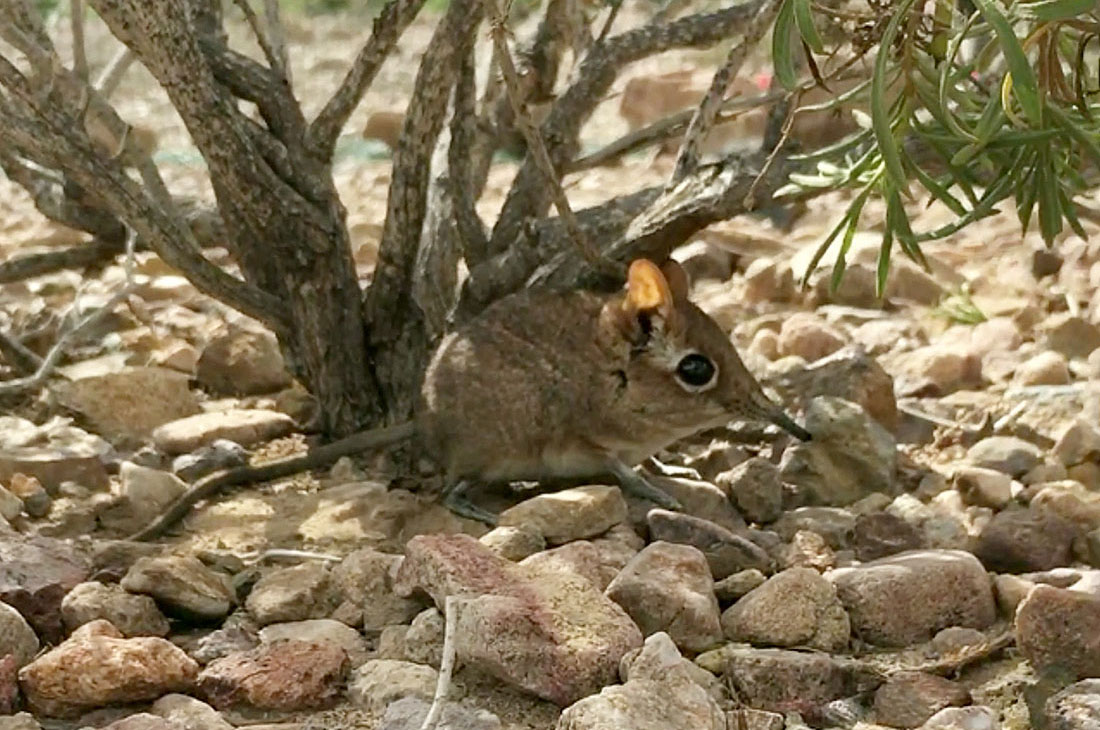It dashes among boulders on hind-limbs built more for gazelles than small mammals. It mates for life, sharing a small territory with its chosen beau. It is related to aardvarks, elephants and manatees but is only a few inches in size. It feasts on insects with its long, trunk-like nose. And it has been lost to science for at least half a century.
Until now.

The Global Wildlife Conservation group have been charged with a project called The Search for Lost Species—the Somali sengi, Jackson’s climbing salamander, De Winton’s golden mole and Ilin island cloudrunner are all on the list of creatures who may have reached extinction. Scientists work on tips from local wildlife experts when the possibility of a sighting occurs.
Scientists from Duke University recently traveled to Djibouti, a country next to Somalia in Africa in response to sightings of the Somali sengi. The first trap, baited with peanut butter, oatmeal and yeast caught a sengi. This was the first one recorded scientifically in 50 years. It appears that the sengi is thriving in this part of Africa where the terrain in dry and rocky.
The Somali sengi is identified by a tuft of hair on its tail. DNA testing of the Djibouti sengi discovered it is related to sengis in Morocco and South Africa and as a result it has been placed in a new genus, Galegeeska.
Source: globalwildlife.org
